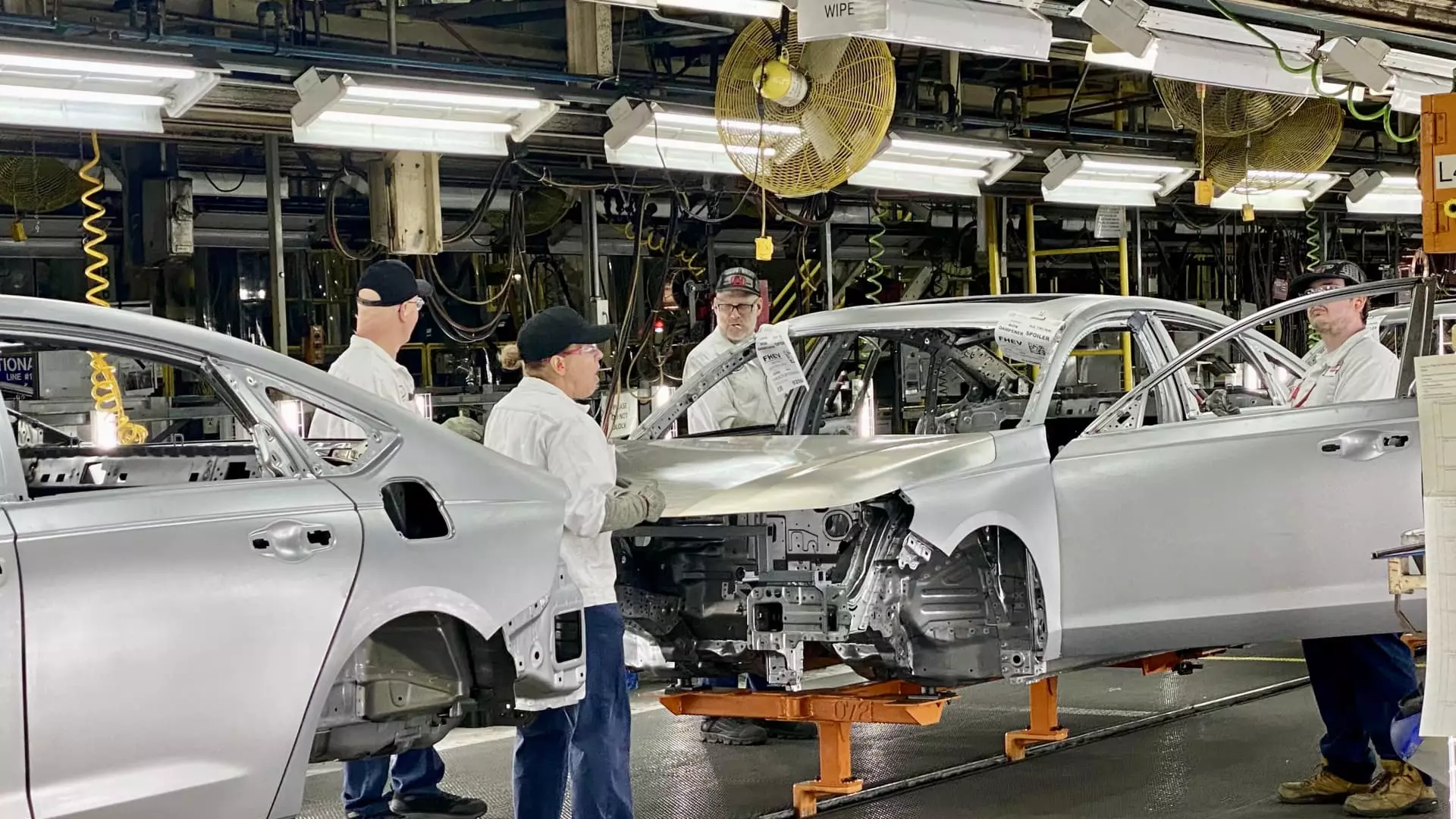Honda’s Bold Manufacturing Leap: Revamping EV Production in Ohio

The automotive industry is undergoing a seismic shift as manufacturers adapt to the growing demand for electric vehicles (EVs). As one of the world’s leading automakers, Honda is embracing this change in a significant way by investing over $1 billion in its Ohio operations. This investment is groundbreaking not only for Honda but for the entire automotive sector in the United States. With new technologies and strategies being deployed, the company demonstrates its commitment to innovation and sustainability, setting a new paradigm for manufacturing in the region.
Honda’s decision to roll out these substantial investments in Ohio marks a significant evolution in its manufacturing strategy. The company’s plan to make Ohio a central hub for EV production is particularly noteworthy as it represents a departure from Honda’s traditional approach, where innovations would typically originate from Japan before being adapted in other markets. The integration of cutting-edge “giga presses” — a hallmark of Tesla’s manufacturing processes — signals a new era for Honda. These massive machines, capable of exerting enormous pressure to create intricate parts more efficiently, have the potential to revolutionize how vehicles are assembled in Marysville and beyond.
This pivot to Ohio is not just about enhancing production capabilities; it embodies Honda’s broader vision of responding to evolving consumer needs and regulatory demands. The decision follows the Biden administration’s initiative to promote on-shore manufacturing, inspired partly by concerns over tariffs and reliance on foreign supply chains. By bolstering its domestic operations, Honda is positioning itself to better navigate the challenges and opportunities of the U.S. market.
Honda is not merely upgrading its existing facilities in Ohio; it is architecting a comprehensive framework for electric vehicle production. The new investments will support the development of a state-of-the-art EV hub, integrating various aspects of electric vehicle manufacturing—from battery production to final assembly—in a seamless operation. One of the key highlights of this initiative is the establishment of a $3.5 billion battery plant, emphasizing Honda’s commitment to becoming self-sufficient in EV components.
At the Marysville plant, the goal is to produce around 220,000 vehicles annually, including hybrids and traditional gasoline models, alongside an upcoming all-electric Acura RSX crossover. This multifaceted approach allows Honda to cater to a diverse consumer base while gradually transitioning to fully electric offerings. Furthermore, the introduction of flexible manufacturing “cells” enhances operational efficiency, as parallel processes minimize disruptions and ensure a smooth workflow.
Honda’s ambitious plans come amid a backdrop of cautious adoption of EVs across the United States. Although Honda has faced criticism for its delayed entry into the EV market compared to some competitors, it is resolute in its commitment to achieving carbon neutrality by 2050. The company’s long-term goal of selling only zero-emissions vehicles by 2040 reflects a forward-thinking mindset, especially in an era where environmental considerations are paramount for consumers and policymakers alike.
Yet, these aspirations are not without challenges. The automotive landscape is fiercely competitive, and the risks associated with technological and production advancements are significant. Honda must navigate these complexities while fostering a culture of sustainability throughout its supply chain and production processes. The use of recyclable structural aluminum for EV battery packs is one example of Honda’s innovative strategies aimed at reducing environmental impact, coupled with efforts to lower waste and emissions in production.
In harnessing Ohio’s manufacturing capabilities, Honda is embarking on a transformative journey that could redefine its legacy in the automotive sector. The investment in new technologies and strategies not only serves to enhance operational efficiency but also establishes a benchmark for the future of vehicle manufacturing. As the company forges ahead with its ambitious EV agenda, it is clear that Honda is committed to leading by example, blending tradition with innovation.
Honda’s strategic shift to prioritize electric vehicles in Ohio embodies a proactive response to a dynamic market landscape. By integrating cutting-edge technology and emphasizing sustainability, Honda is not just adapting to the present; it is laying the foundation for a more resilient and responsible future in the automotive industry. As this new chapter unfolds, the implications will reverberate throughout the market, shaping consumer choices and influencing the trajectory of global automotive manufacturing.





